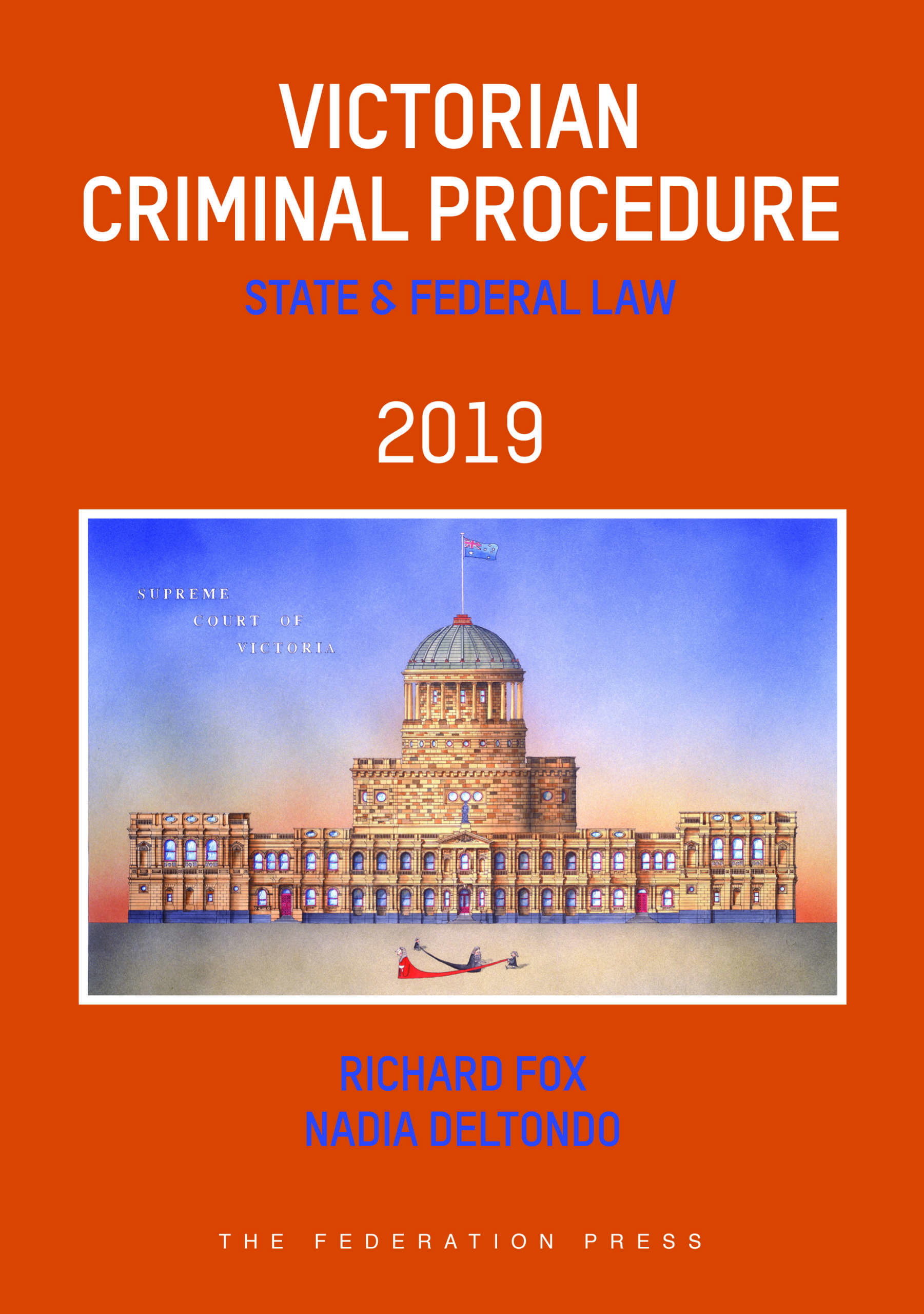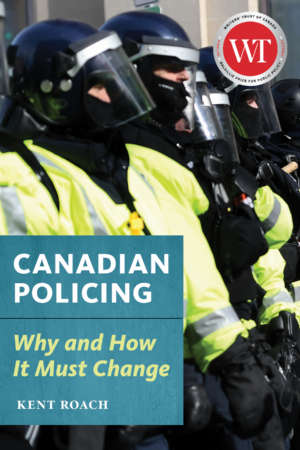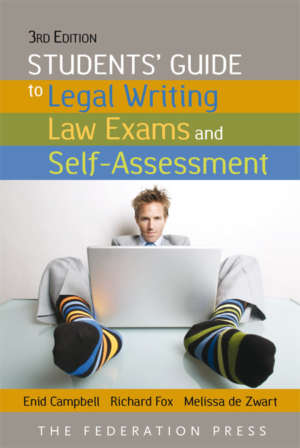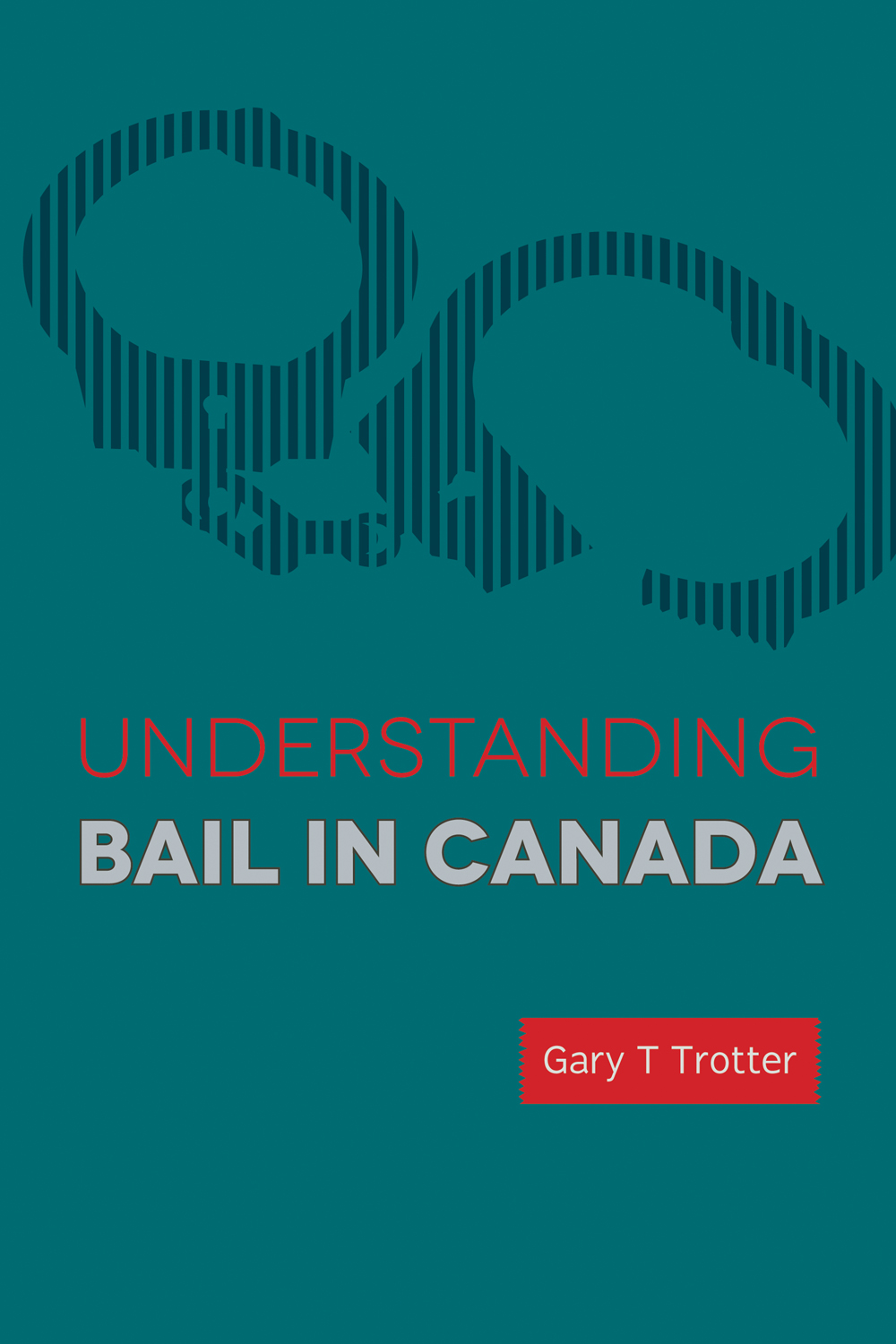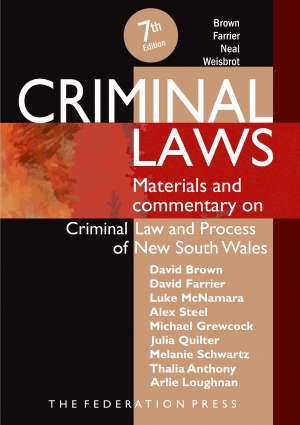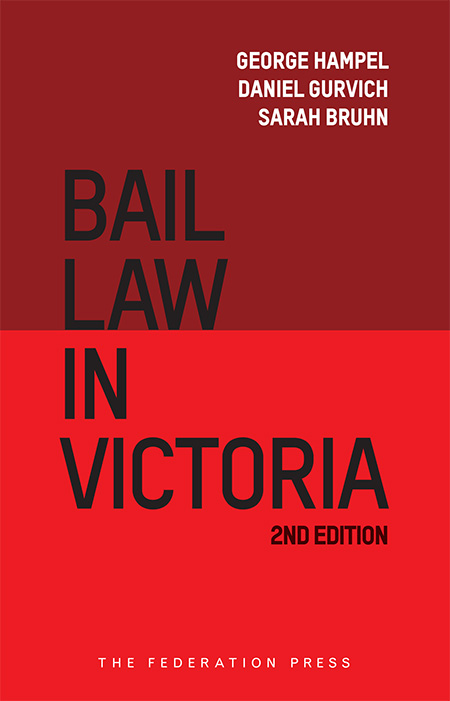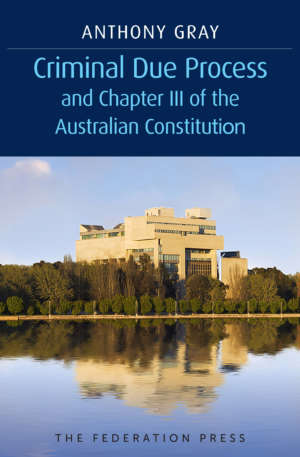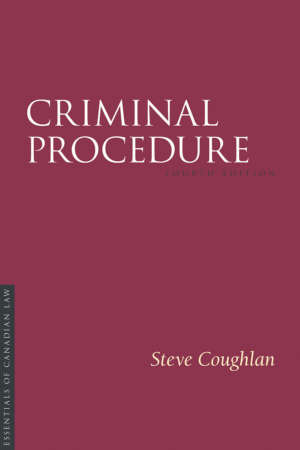Product Description
Cover image: The Supreme Court of Victoria © Reproduced with permission of the artist, Simon Fieldhousewww.simonfieldhouse.com
The 2019 edition of this indispensable work offers a comprehensive overview of the law governing the procedures for prosecuting offenders against commonwealth and state law in Victoria in what has become an increasingly detailed and complex component of criminal justice. The major policy changes since the last edition was published in 2015 relate to:
Adults who have been remanded in custody are to appear via an audiovisual link for routine hearings in the Magistrates’ Court.
The Bail Act 1977 has been significantly amended to accord primacy to maximising the safety of the community and of persons affected by crime. The creation of new offences of breach of bail conditions has also added substantially to the workload of courts and those serving them.
The Juries Act 2000 has been amended to alter jury empanelment procedure in significant ways and jury trials have been further expedited by simplification and standardisation of jury directions by the enactment of the Jury Directions Act 2015.
Changes have been made to the way in which certain vulnerable or impaired witnesses give evidence.
Trial judges may also adopt an inquisitorial approach to the use of expert witnesses in criminal trials or special hearings under the Crimes (Mental Impairment and Unfitness to be Tried) Act 1997 in certain circumstances when mental impairment is in issue.
The Sentencing Act 1991 has received much attention. Penalties have been enhanced in an effort to reduce crime. For murder and a range of serious offences, standard sentences have been prescribed; parole eligibility for serious offenders has been tightened; and procedures for imposing and enforcing monetary penalties have been revamped.
The Serious Offenders Act 2018 makes use of civil post-sentence court orders to detain and supervise serious sexual offenders and serious violent offenders despite them having fully served their prison sentences.
The work deals with sources and classifications of law, jurisdiction, machinery of federal and state prosecutions, prosecutorial discretion, representation and legal aid, courts exercising state and federal criminal jurisdiction, contempt, arrest, search and seizure, charges, bail, indictment, procedure in summary prosecutions, committal proceedings, jury trials, sentencing options under state and commonwealth law, and appeals in criminal matters.

